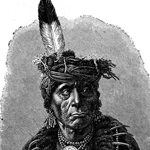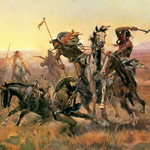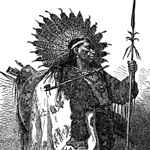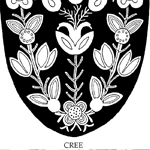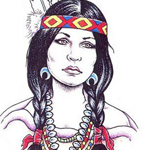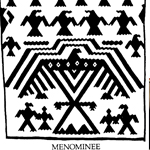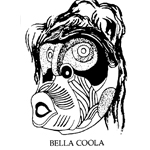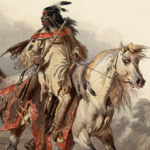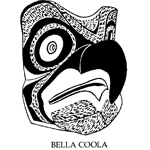
Native American tattoo designs and symbols - much like tattoos designs described as "Polynesian tattooing" - is an enormous area of tattooing culture to cover. As in Polynesia with the many diverse far-flung cultures of the South Pacific, native North America was and is made up of hundreds and hundreds of culturally distinctive indigenous peoples.
Traditional tattooing in North America has largely disappeared, with isolated exceptions. The primary reasons for this were a combination of the early colonization of much of the continental United States by European settlers, Canada, and Mexico and the practice of religious conversion of the native populations and widespread pressures for the indigenous peoples to abandon their traditional spiritual and cultural practices and become assimilated into the European population.
That tattooing was a common practice among the native peoples, or first nations of North America, is extensively and well documented in the journals and writings of early explorers, adventurers and religious leaders. Unfortunately there are not nearly as many instances of pictorial evidence to show what the tattoos of early Native American Indians actually looked like. But we do know that all along the East Coast, all the way from Florida to the St. Lawrence River, that native populations practiced body art and tattooing. The tribes belonging to the Iroquois Federation distinguished themselves by tattooing clan and family tattoo symbols as forms of identification.
See Also:Spirit Guides, Haida tattoos


